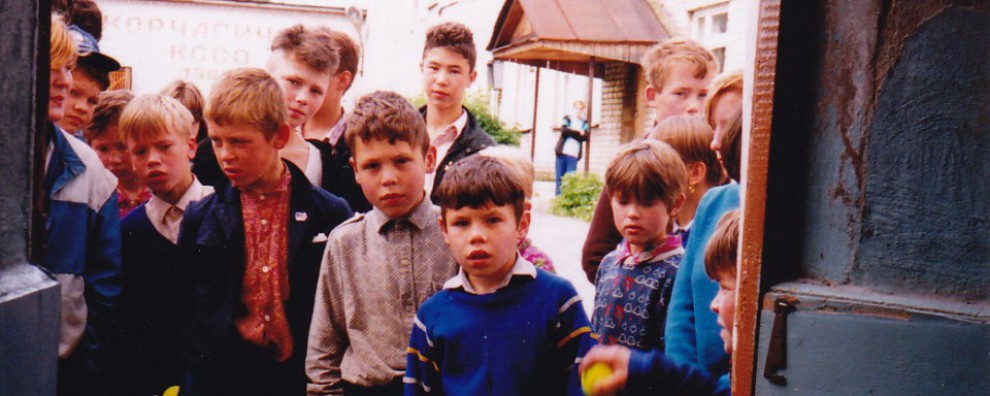“Chingiz Aitmatov: (1928-2008) Kirghiz novelist, short-story writer, and playwright. Born in the Central Asian republic of Kirghizia, Aitmatov inherited a love for Russian literature from his father (who died in 1937, a victim of Stalin’s terror) and for traditional Kirghiz folktales and customs from his mother. In 1952 he qualified as a veterinary technician and published his first story. After a period of study in Moscow, Aitmatov returned home to work as a journalist in 1958 and soon gained a national reputation with the publication in the journal Novy mir of ‘Jamilya’ (1959), a love story that challenged both traditional Kirghiz custom and the new ‘socialist’ morality. This and other short stories were followed by two thoughtful novels, Proschai, Gulsary! (1966; tr Farewell, Gulsari, 1970) and Bely parakhod (1970; tr The White Ship, 1972). Aitmatov is best known in the West for his play (written with Kaltai Mukhamedzhanov) Voskhozhdenie na Fudzhiamu (1973; tr The Ascent of Mount Fuji, 1975). A subtle treatment of the suppression of dissidents, it caused a sensation when first produced in Moscow in 1973. One of the few genuinely talented writers to emerge from the government’s drive to transform the non-Russian nationalities into parts of the total Soviet state, Aitmatov began increasingly to criticize the impact of Russification, collectivization, and a non-nomadic way of life on traditional Kirghiz society. A subsequent work to appear in English is the novel The Day Is Longer Than a Hundred Years (1980; tr 1983). One of this most recent works, Plaka (The Executioner’s Block, 1986) was received with much interest in Russia.”
Excerpted from: Murphy, Bruce, ed. Benet’s Reader’s Encyclopedia, Fourth Edition. New York: Harper Collins, 1996.

You must be logged in to post a comment.